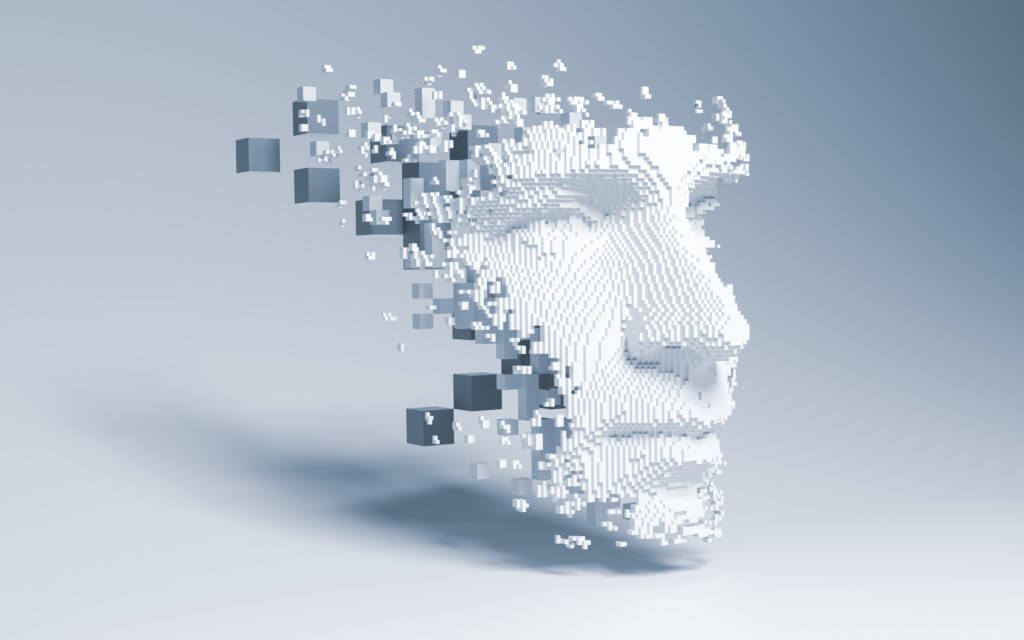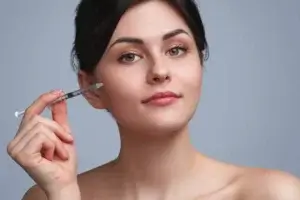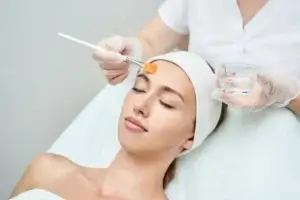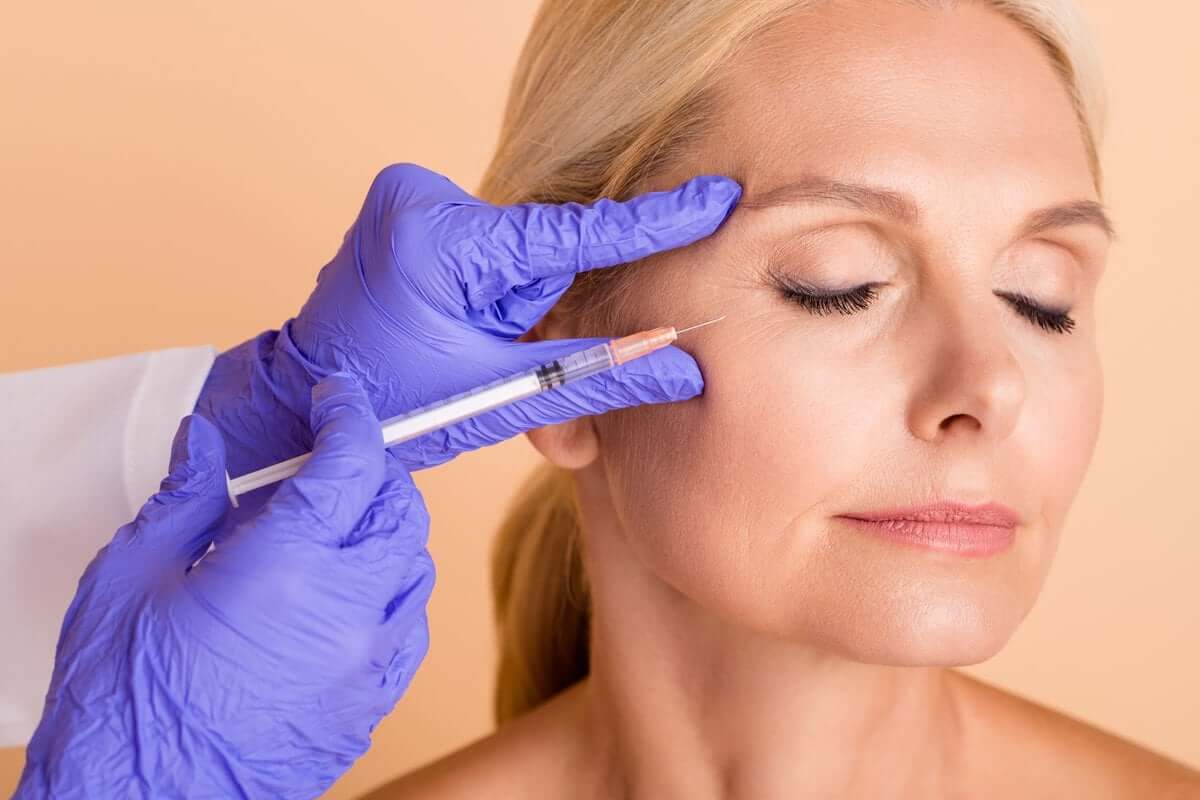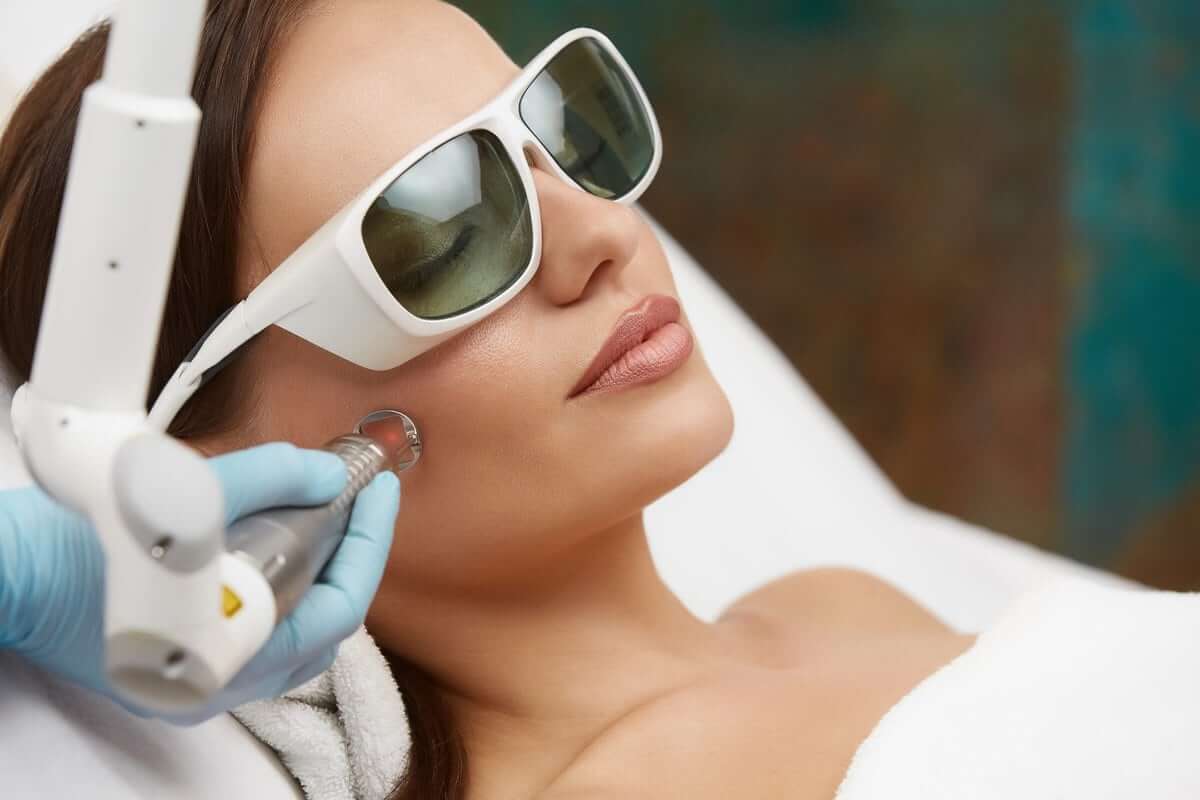IPL Photofacials are today’s approach to diminishing discoloration and other skin imperfections. Skin concerns may become bothersome, such as dark and brown spots, age spots, facial redness, or damage caused by overexposure to the sun. However, these skin issues don’t have to be something we live with forever. Insert Intense Pulsed Light Photofacials, or IPL Photofacials – an effective skin treatment to help diminish imperfections caused by discoloration. Today, let’s know more about this skincare treatment.
What is an IPL Photofacial?
An IPL (Intense Pulsed Light) therapy treats damage caused by the sun, fine lines and wrinkles, stretch marks, and age spots. IPL photofacials are also known as photorejuvenation or photofacial. This treatment is performed at med spas and doctor’s offices and can be used to erase mild sun damage, brown spots, freckles, or irregular pigmentation on the face, neck, or even chest.
There are two types of IPL photofacials — intense pulsed light (IPL) photofacials and light-emitting diode (LED) photofacials. Each of these types has both its benefits and drawbacks. This procedure usually lasts between 30 and 90 minutes, and it all depends on factors such as the photofacial type, the area being treated, and the practitioner’s experience.
Even though some redness and swelling may happen, which typically subsides within 24 hours, IPL photofacials require little to no downtime. Results gradually happen, with improvements to the skin beginning to appear in the days and weeks following treatment.
Different Types of Photofacial Procedures
There are a variety of IPL photofacial procedures, but the two most common incorporate intense pulsed light (IPL) and light-emitting diode (LED). These names refer to the nature of the light utilized in this procedure.
Also known as Pulsed Light Therapy, IPL photofacials involve a handheld device that emits broad-spectrum light pulses directly contacting the skin. This process acts on the deeper layers of skin, making it ideal for treating broken capillaries, sun damage, and other impurities.
While relatively simple, a medical professional should always perform the procedure to get the very best results and minimize any potential risks.
How Does It Work?
Both photofacials, IPL and LED, involve light absorption into the skin. The more intense nature of the IPL photo facial’s light pulses lets this light be easily absorbed and much more deeply.
IPL photofacial light, soaked up by the hemoglobin or red blood cells and melanin or pigmentation in the skin, can intentionally damage these areas. Damaged melanin is broken up and gets absorbed by the skin, slowly decreasing its appearance on the skin’s surface. This damaged hemoglobin stimulate blood flow, causing the melanin to be absorbed more efficiently. The typical procedure follows these steps:
- First, doctors and healthcare providers will apply cool gels to your face, then supply dark glasses to protect your eyes from the light.
- Once everything has been prepped, the person administering your treatment will take a handpiece with a cold, smooth surface and run it along your skin as it pulses light.
- IPL photofacials are administered in a series, with each treatment lasting approximately 20 minutes to an hour, depending on the amount of skin treated.
- Patients usually receive between three and six treatments roughly one month apart.
Common Uses
In general, photofacials are used to treat skin blemishes and pigmentation issues. However, several specific conditions fall under these categories. You can use IPL photofacial treatments to treat the following:
- Broken capillaries (blood vessels)
- Fine lines
- Freckles
- Hyperpigmentation
Rosacea
- Spider veins
- Sun damage (sunspots)
Most patients get IPL photofacials to treat their face, neck, shoulders, back, and hands. In essence, the areas frequently exposed in public are treated by this treatment. But practitioners can also perform photofacial therapies on any body part except the sites around and the eyelids themselves. Photofacials can potentially be very bad for the eyes, so treating areas close to this region is heavily discouraged.
Response and Recovery
IPL photofacials can become mildly painful, all depending on the patients themselves. Some have likened the brief stinging pain caused by the pulsating light from the rubber band flicking the face. Others have also reported feeling like they have a mild sunburn in the treated area for several days after treatment, while others do not feel anything.
After your initial treatment, your skin may feel smoother and appear to have a more evenly distributed tone. However, results only appear gradually, and doctors and healthcare providers will require multiple treatments for them to become truly dramatic.
There’s no actual recovery time to go about after having the treatment. With IPL photofacials, there may be mild side effects experienced immediately after the procedure that can diminish up to a week. Nevertheless, expect to go back to your normal activities immediately after treatment, including applying your usual facial creams and makeup.
Risks, Complications, and Side effects
Possible risks from having IPL photofacials may include the following:
- Brown Spots
- Bruising
- Crusting
- Redness
Remember that it may take a couple of weeks (and several treatments) before you start seeing genuinely significant results.
As opposed to side effects, complications are never part of the standard healing process. IPL photofacials can still be accompanied by complications. However, they’re rare and typically the result of a poorly trained individual administering the procedure.
- Blistering
- Burns
- Hyperpigmentation
- Hypopigmentation
Scabbing
Again, it is worth noting that, even though the procedure may seem harmless, photofacials are a serious cosmetic procedure. It is crucial to find a qualified facility and practitioner for your IPL photofacial.
Long-lasting Results?
This question is a tricky one. It isn’t easy to have a concrete guarantee given the many factors acting on the skin, such as sun exposure, age, and genetics.
However, the results of an IPL photofacial usually become apparent for six months up to a year. Experts suggest maintenance treatments every six to 12 months, helping prolong results. A 2013 study about the anti-aging effects of IPL photofacials stated that two to three treatments a year are enough to develop and maintain younger-looking skin with renewed collagen growth.
To prolong the results, the answer is quite simple: Avoid anything that can damage your skin, meaning factors like limited direct exposure to the sun, wearing sunscreen, and taking optimal care of your skin using moisturizers and face washings. And definitely, keeping up with your scheduled maintenance treatments won’t hurt either.
Final Thoughts on IPL Photofacials
This treatment works well to fade lines and spots and get rid of unwanted hair. The sessions are quicker than with other methods. The light doesn’t damage the top layers of skin, so you’ll have fewer side effects than laser or dermabrasion. The recovery is fast. But it is always important to consult your doctor or healthcare provider before undergoing IPL photofacials.
Do you want to know more about IPL photofacials before deciding if you like them? Our great friends at Soul and Beauty Med X can help you with today’s questions and concerns. Visit them now!

